Chess is a two-player board game that has been around for centuries. The game was invented in the 6th century according to Google Arts and Culture.
It is a game of strategy and tactics, and it can be very challenging to master. But, it is also a very rewarding game, and it can be a lot of fun to play.
To play chess, you will need a chessboard and a set of chess pieces. The chessboard is made up of 64 squares that are arranged in an eight-by-eight grid (8 rows and 8 columns).
The chess pieces are divided into two teams, white and black. Each team has 16 pieces:
One King
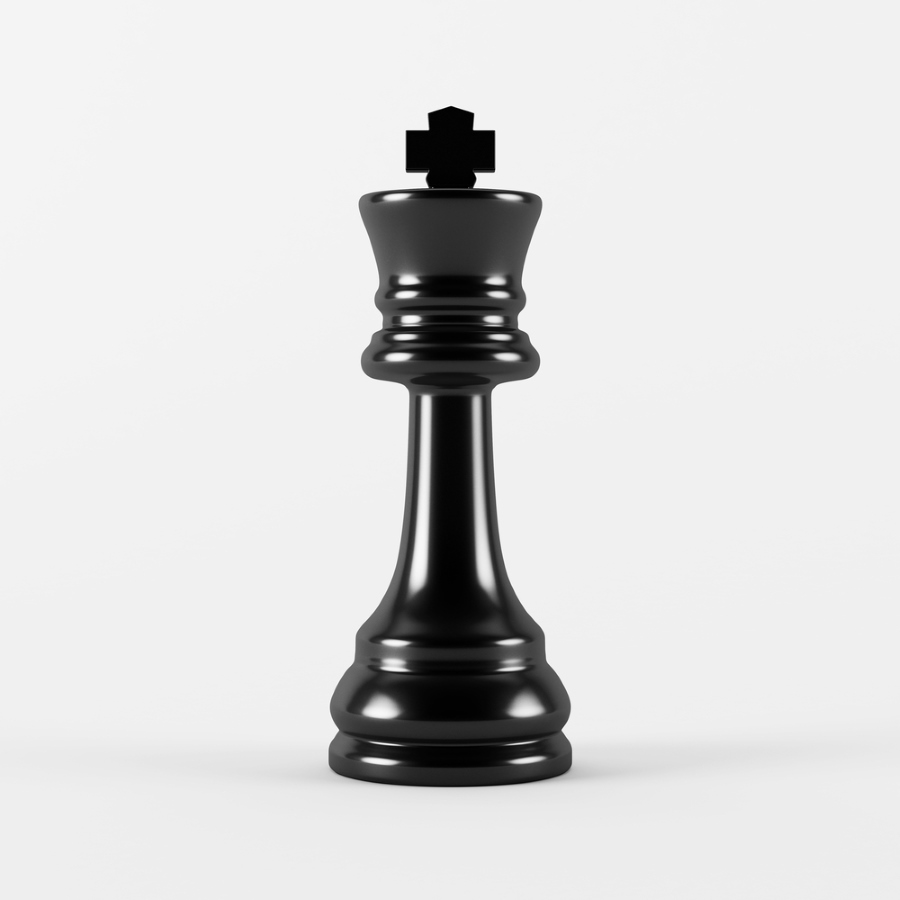
Source: Shutterstock
One Queen
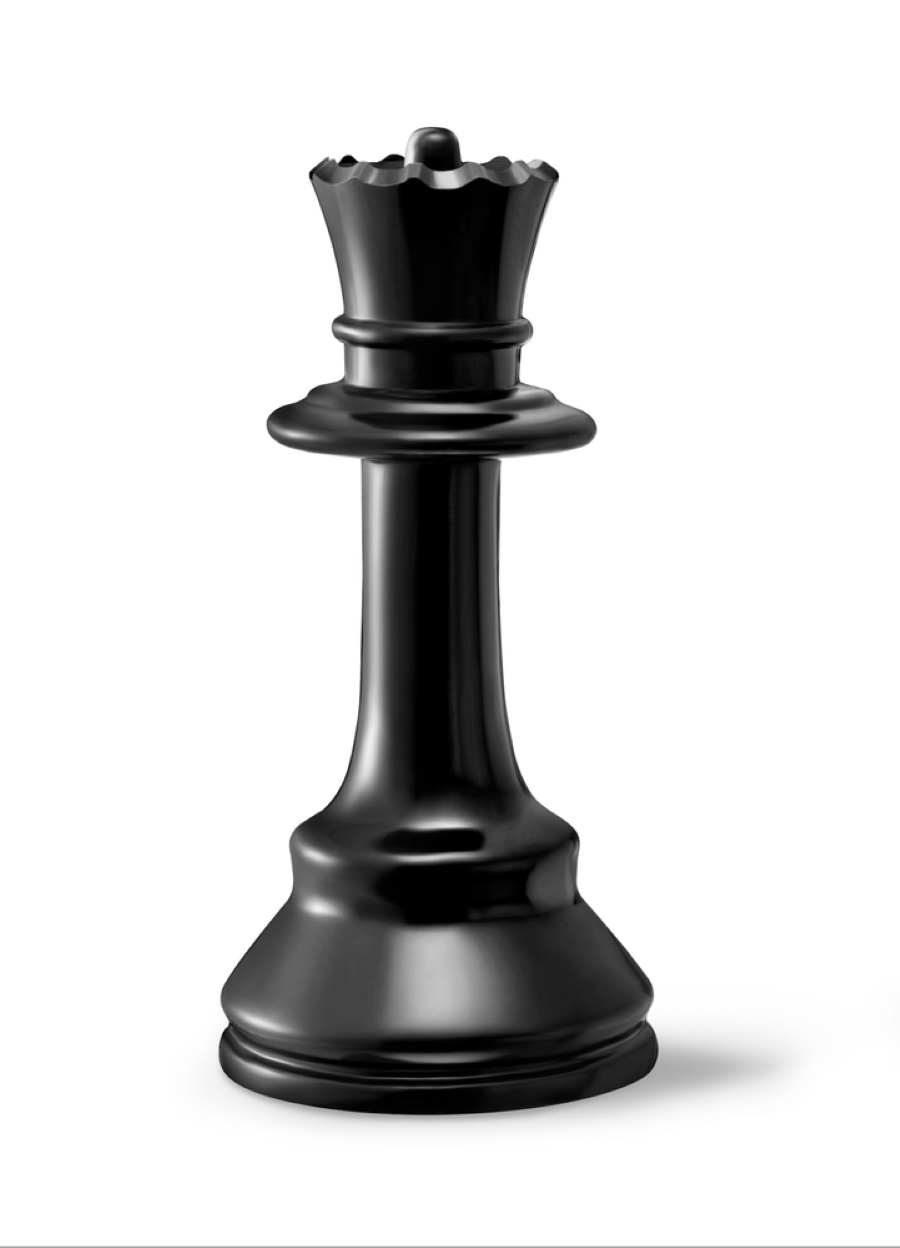
Source: Shutterstock
Two Rooks
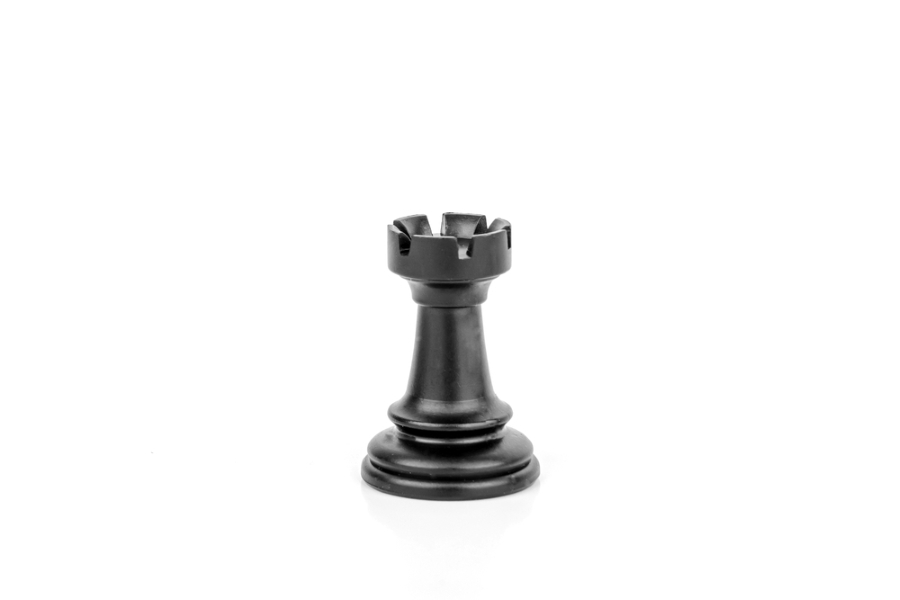
Source: Shutterstock
Two Bishops
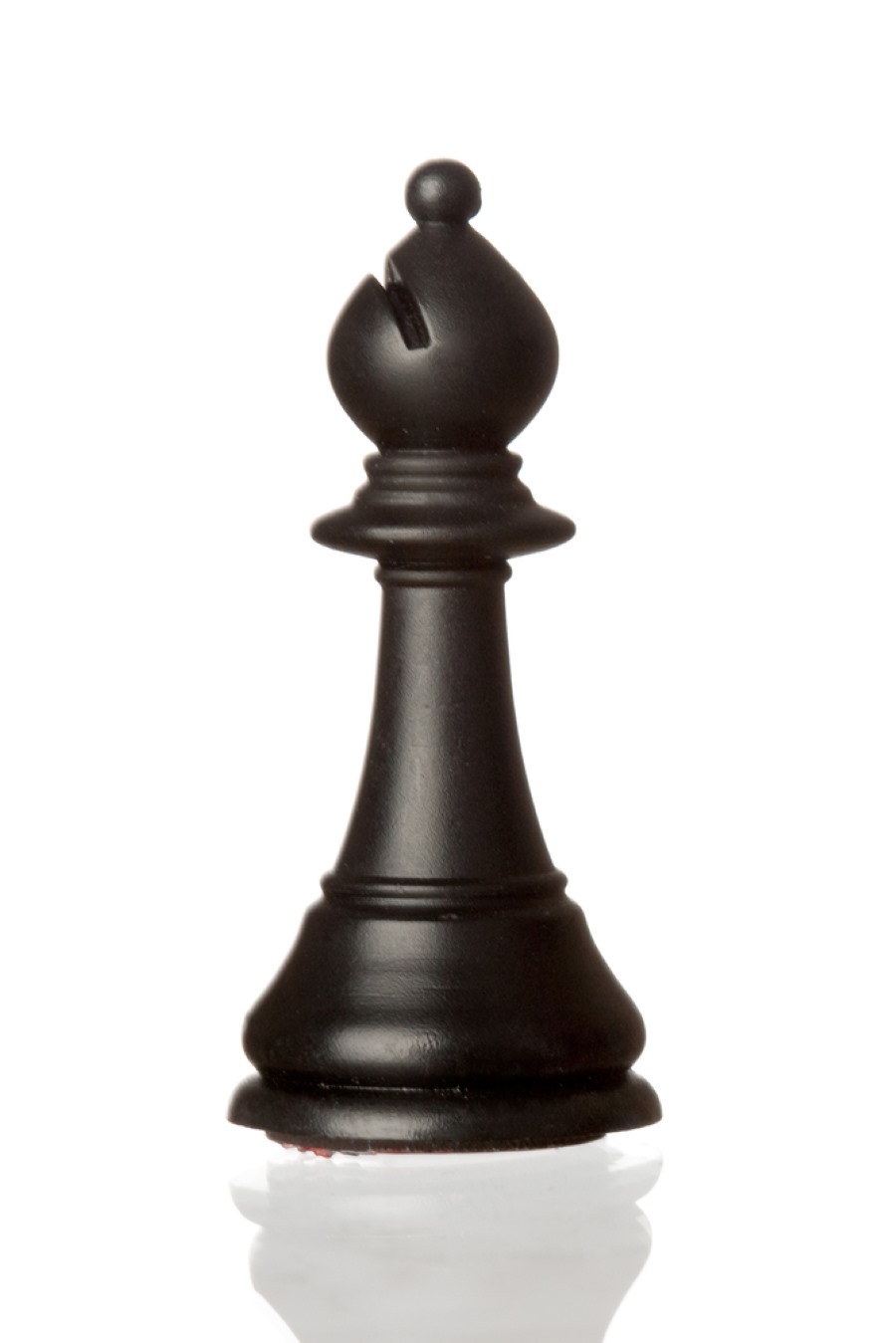
Source: Shutterstock
Two Knights
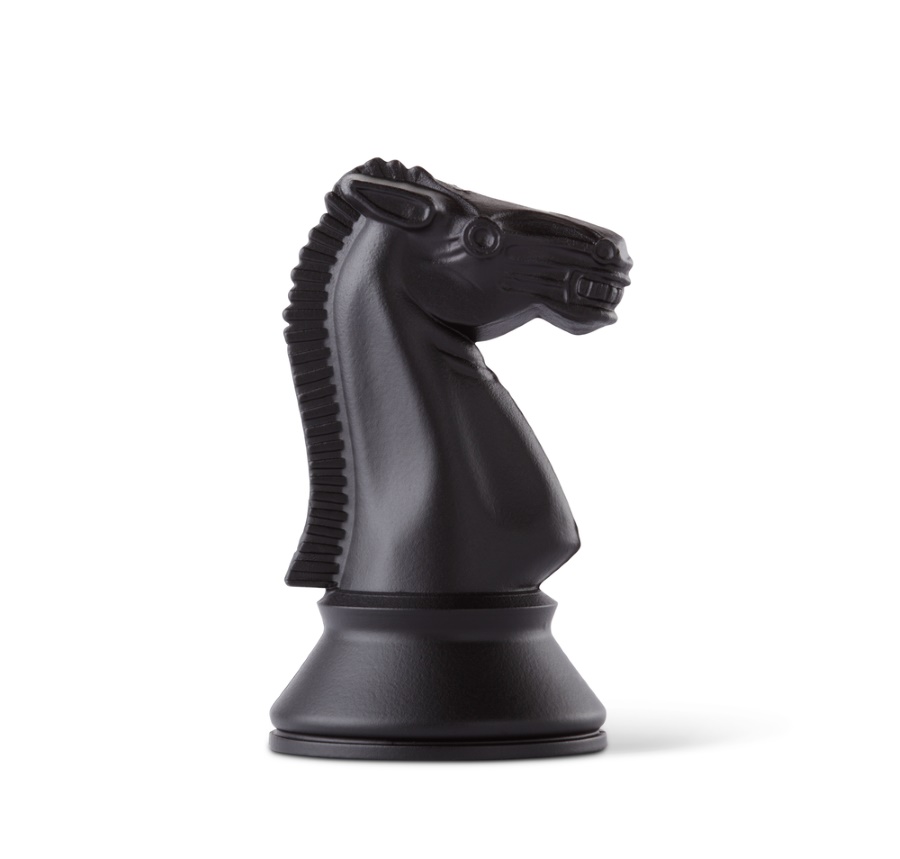
Source: Shutterstock
Eight Pawns
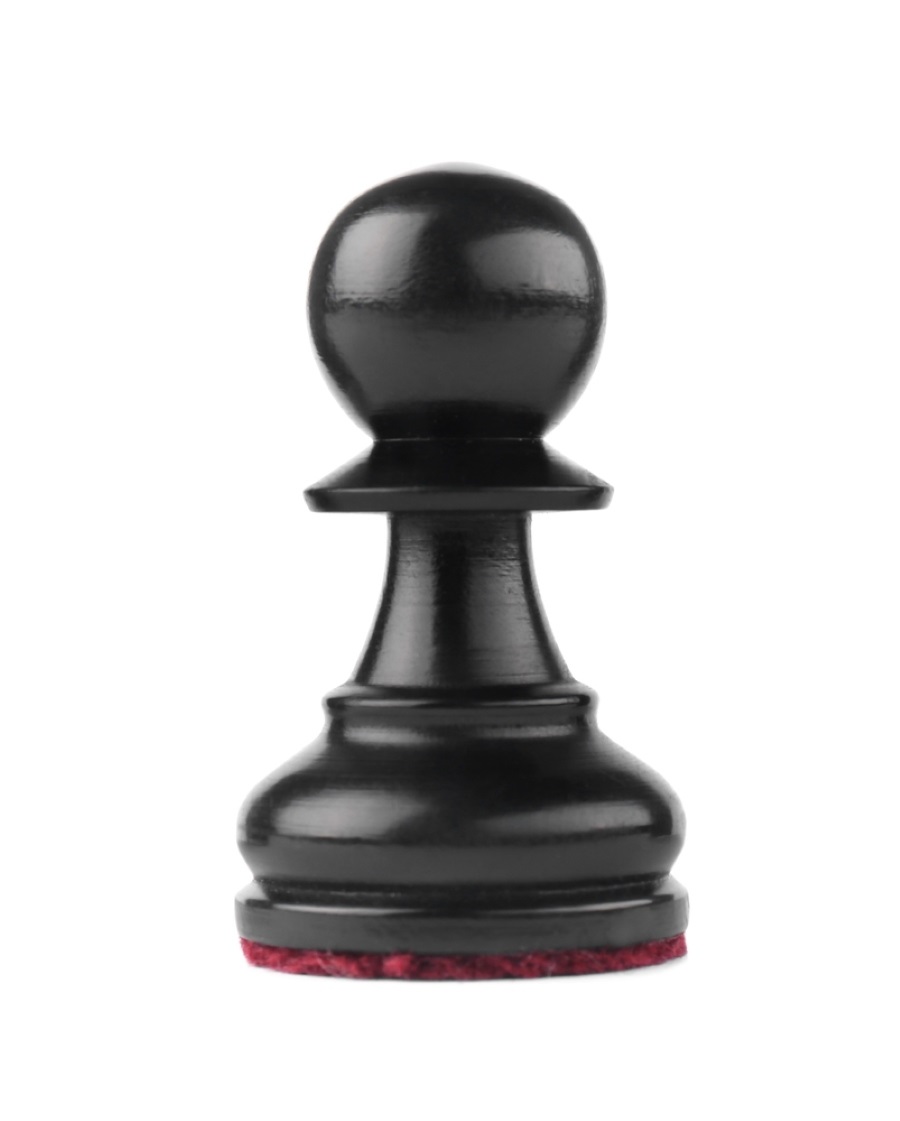
Source: Shutterstock
The goal of chess is to put your opponent's king in a position where they cannot escape being captured. This is called checkmate. If your king is in checkmate, you lose the game.
The game can either be settled or it continues till one of the kings from the chessboard is eliminated.
There are a few ways to put your opponent's king in checkmate. One way is to move one of your pieces so that it attacks the king. Another way is to capture one of your opponent's pieces which is protecting the king.
The Layout of a Chess Game
Pawns: Pawns are placed on the second to last row of the board, with all eight pawns on each side lined up in a single file.
Rooks: Rooks are placed on the corners of the board, with one rook on each side.
Knights: Knights are placed next to the rooks, with one knight on each side.
Bishops: Bishops are placed next to the knights, with one bishop on each side.
Queen: The queen is placed on the square of the same colour as her own team, in the centre of the back row.
King: The king is placed on the square of the opposite colour as his own team, next to the queen.
How Do Pieces Move In Chess?
To move a piece, simply pick it up and place it on an empty square. Pieces can only move in certain ways, as follows:
Pawns: Pawns can move one square forward, or two squares forward on their first move. Pawns can capture an enemy piece diagonally in front of them. When it reaches the eighth rank, it can be promoted to any other piece.
Rooks: Rooks can move any number of squares horizontally or vertically.
Knights: Knights move in an "L" shape, two squares in one direction and one square in another.
Bishops: Bishops can move any number of squares diagonally.
Queen: The queen can move any number of squares horizontally, vertically, or diagonally.
King: The king can move one square in any direction.
There are also a few special rules in chess:
- Castling
- En passant
- Pawn promotion
Castling: Castling is a move that allows you to move your king and rook to safety in one move. To castle, you move your king two squares to the side and then move your rook to the square next to the king. You can only castle if your king and rook have not moved yet, and if there are no enemy pieces between them.
En passant: En passant is a special capture that can only be made on the pawn's fifth move. If a pawn moves two squares forward on its first move, and an enemy pawn is on the next rank behind it, the enemy pawn can capture the first pawn as if it had only moved one square forward.
Pawn promotion: When a pawn reaches the eighth rank, it can be promoted to any other piece. This is a powerful move that can be used to gain an advantage over your opponent.
Comments
All Comments (0)
Join the conversation